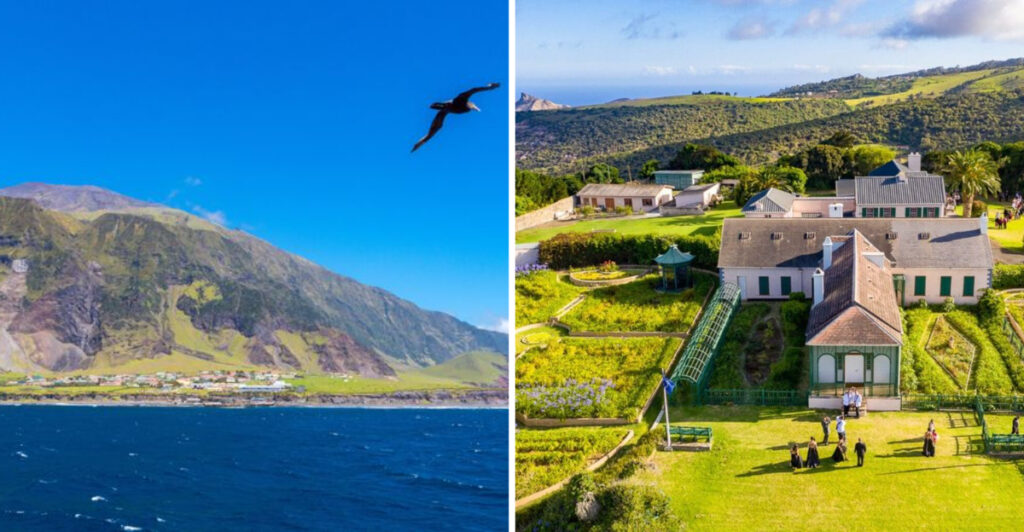Welcome to a journey that takes you to 17 of the world’s most remote islands, each offering an unparalleled adventure. These far-flung destinations are not just isolated geographically, but also rich in unique landscapes and cultures. Whether you’re an avid adventurer or a curious traveler looking for solitude, these islands promise remarkable experiences. Join us as we explore these extraordinary places, each with its own story and allure.
Easter Island, Chile
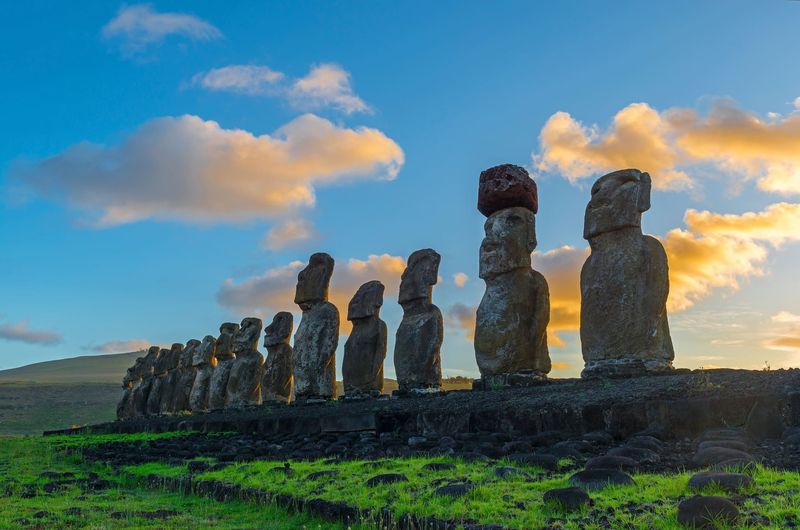
Easter Island, known for its enigmatic moai statues, offers a unique glimpse into a mysterious past. These colossal sculptures, carved by the Rapa Nui people, stand solemnly against the island’s rugged landscapes. A visit here feels like stepping back in time, where each statue tells a story of cultural ingenuity.
The island’s remote location in the Pacific Ocean adds to its allure, making it an ideal destination for those seeking solitude and reflection. As you explore, you’ll encounter breathtaking vistas and learn about the island’s fascinating history and the people who once thrived here.
Tristan da Cunha, British Overseas Territory
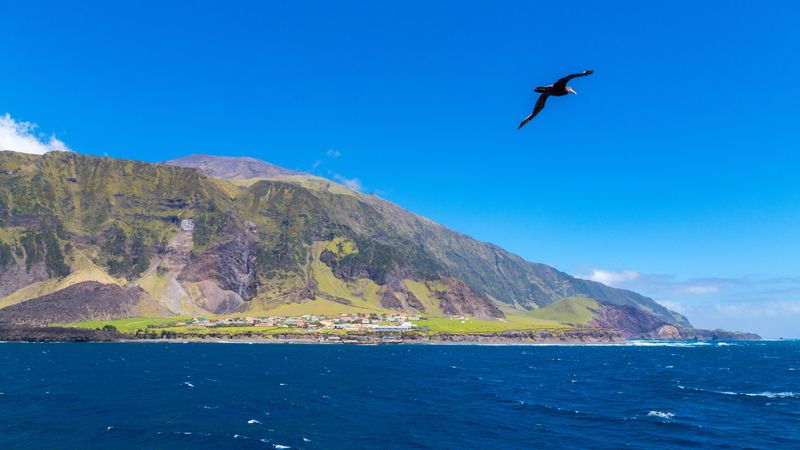
Tristan da Cunha is the world’s most remote inhabited archipelago, lying deep in the South Atlantic Ocean. With its steep cliffs and dramatic landscapes, it offers an unparalleled sense of isolation and beauty. Life on this island is defined by its challenging environment and the close-knit community that calls it home.
The island’s unique wildlife, including rare bird species, adds to its appeal. Visitors can explore its untouched nature and engage with the islanders, whose resilience and hospitality create a warm, welcoming atmosphere. Tristan da Cunha is a true escape from the modern world.
Pitcairn Island, British Overseas Territory

Pitcairn Island is famous for being settled by the mutineers of the HMS Bounty. This tiny island is the epitome of seclusion, offering a sanctuary for those looking to disconnect from the hustle and bustle of everyday life.
With a population of just a few dozen, Pitcairn provides an intimate glimpse into a community living in harmony with nature. The island’s rugged beauty is matched by the warmth of its inhabitants, who share fascinating tales of their ancestors and traditions. Pitcairn is a living piece of history, surrounded by the vast expanse of the Pacific Ocean.
Socotra, Yemen
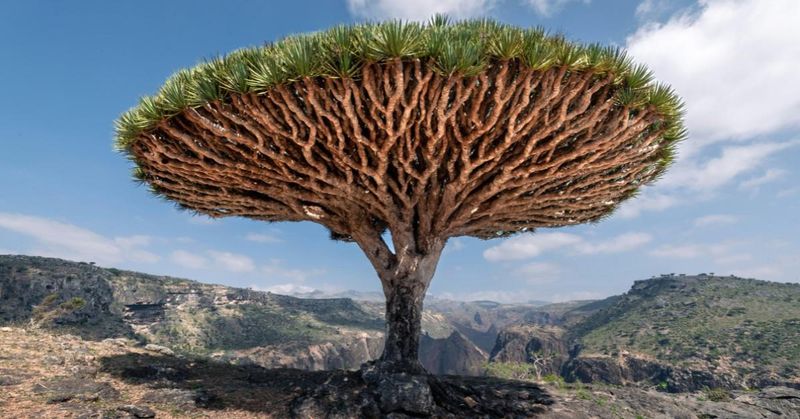
Socotra, often described as the ‘Galápagos of the Indian Ocean,’ boasts a landscape that feels otherworldly. Its famous dragon’s blood trees, with umbrella-like canopies, dot the landscape, creating an alien-like vista.
This island is a haven for biodiversity, with flora and fauna found nowhere else on Earth. Socotra’s isolation has preserved its unique ecosystem, making it a paradise for nature enthusiasts and scientists alike. Adventure awaits those who dare to explore its caves, beaches, and mountains, offering a glimpse into a world untouched by time.
Falkland Islands, British Overseas Territory
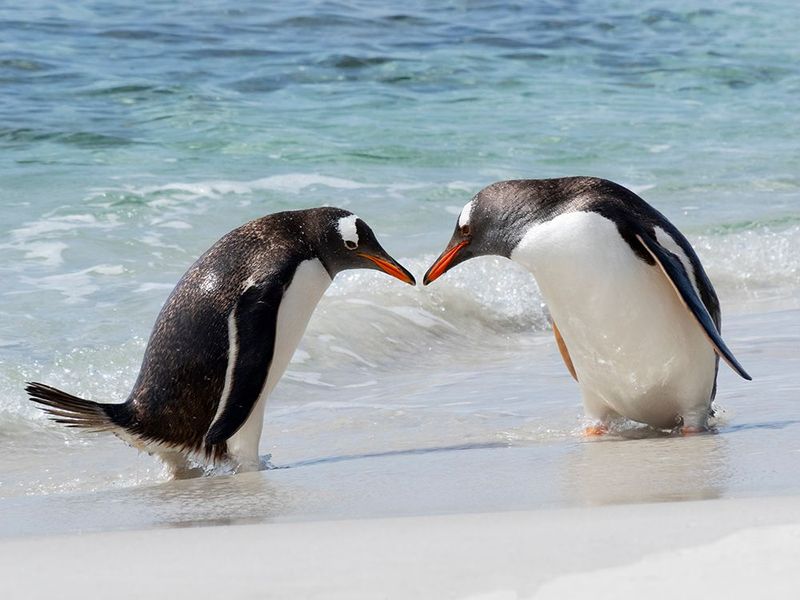
The Falkland Islands, known for their stunning wildlife, especially penguins, offer a unique blend of British and South Atlantic culture. This remote archipelago is a paradise for nature lovers, with vast landscapes that range from sandy beaches to rugged mountains.
The islands’ wildlife is diverse and abundant, attracting bird watchers and photographers from around the world. The Falklands’ rich history, marked by exploration and conflict, adds depth to its enchanting scenery. Visitors can immerse themselves in the serene beauty and vibrant wildlife that define this extraordinary destination.
St. Helena, British Overseas Territory
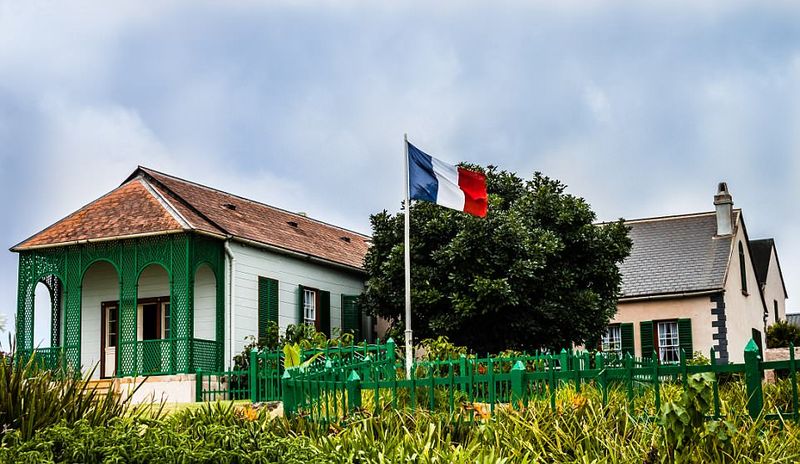
St. Helena is a remote island with a rich history, best known as the exile site of Napoleon Bonaparte. Its lush valleys and rugged coastline offer a scenic backdrop for history enthusiasts and adventurers alike.
This island’s charm lies in its blend of history, culture, and natural beauty. Visitors can explore Napoleon’s residence, trek through verdant landscapes, and enjoy the island’s unique flora and fauna. St. Helena’s isolation makes it a peaceful retreat, where the past comes alive amid stunning natural surroundings. This is a place where history and nature intertwine beautifully.
Svalbard, Norway
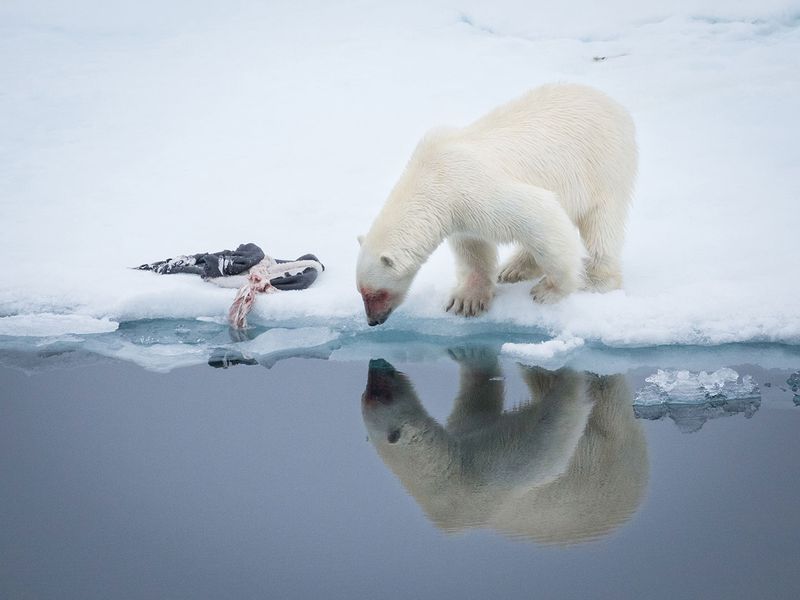
Svalbard is a true Arctic wonder, known for its stunning polar landscapes and unique wildlife. This remote Norwegian archipelago offers a rare chance to experience the Arctic in its rawest form.
Visitors can witness the mesmerizing Northern Lights, explore icy fjords, and encounter polar bears in their natural habitat. Svalbard’s harsh environment is balanced by the warmth of its small but vibrant community, making it a destination of contrasts. Whether you’re an adventurer or a nature enthusiast, Svalbard promises an unforgettable experience at the edge of the world.
Galápagos Islands, Ecuador
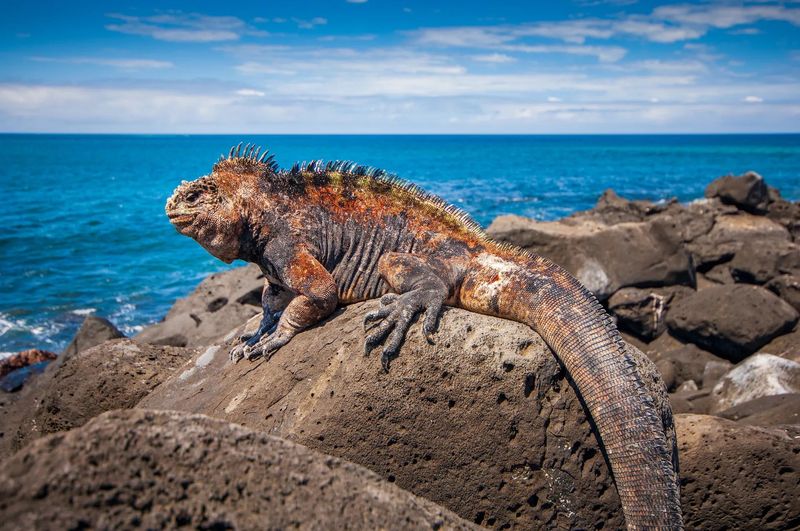
The Galápagos Islands are famed for their unique wildlife and pivotal role in Charles Darwin’s theory of evolution. This Ecuadorian archipelago offers a living laboratory of evolution, where visitors can observe species found nowhere else on Earth.
From giant tortoises to marine iguanas, the islands are teeming with life, offering unparalleled wildlife encounters. The volcanic landscapes provide a stark and beautiful backdrop to this natural wonder. Exploring the Galápagos is like stepping into a world where nature reigns supreme, offering insights into the delicate balance of ecosystems.
Madagascar, Madagascar
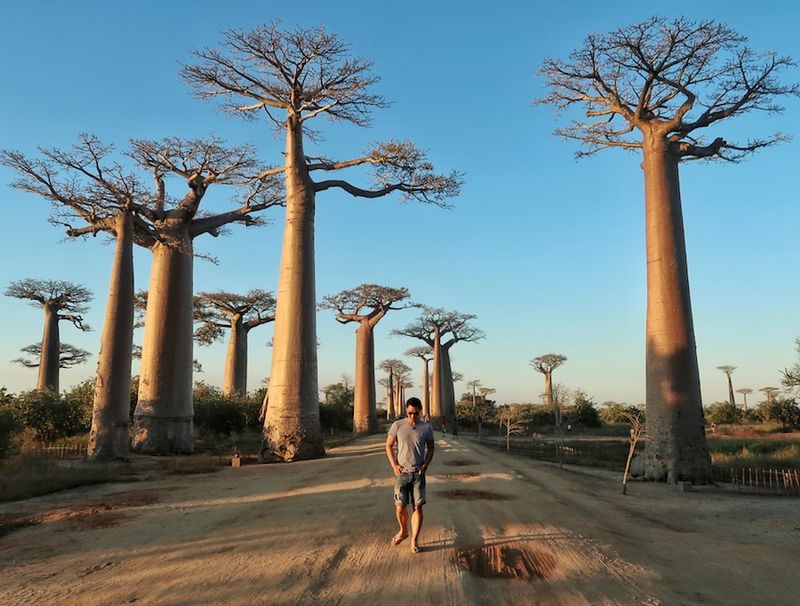
Madagascar, the world’s fourth largest island, is a treasure trove of biodiversity. Its landscapes range from rainforests to deserts, each teeming with unique species like lemurs and chameleons.
This island’s isolation has led to the evolution of flora and fauna found nowhere else. Visitors can explore its diverse ecosystems, from the otherworldly Avenue of the Baobabs to the lush rainforests of Andasibe. Madagascar offers adventure and discovery for those eager to explore its natural wonders. The island’s vibrant cultures and traditions add to its allure, creating a rich tapestry of life.
Faroe Islands, Denmark
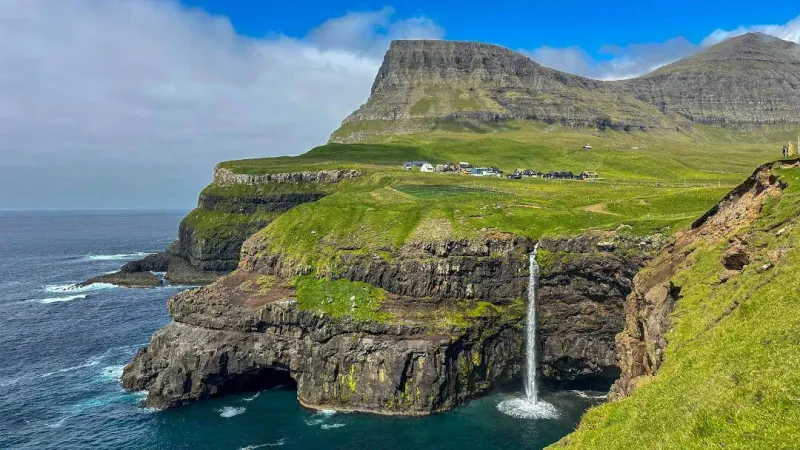
Nestled in the North Atlantic Ocean, the Faroe Islands offer a dramatic landscape of rugged cliffs, sweeping valleys, and charming villages. It’s a place where the sky seems to touch the sea, creating a breathtaking panorama.
Many travelers are drawn to the islands’ unspoiled beauty and unique wildlife, including the iconic puffins. Hiking trails wind through sheep-dotted hills, offering stunning vistas at every turn.
The culture here is rich with Norse heritage, and locals celebrate this through traditional music and cuisine. The islands’ remoteness adds to their allure, making them a perfect getaway for those seeking peace and solitude.
Kerguelen Islands, French Southern Territories
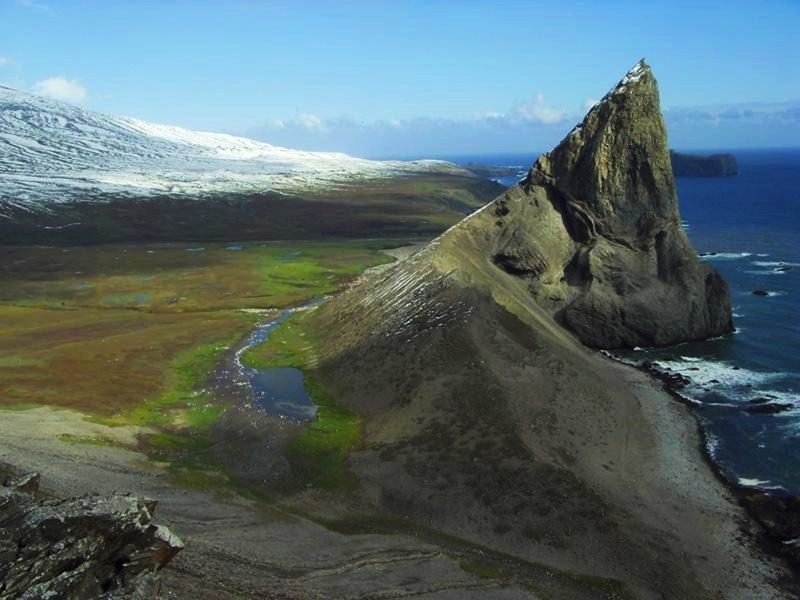
Known as the “Desolation Islands,” Kerguelen is a haven for adventurers and scientists alike. This French archipelago is located in the southern Indian Ocean, characterized by its wild and windswept terrain.
The islands are home to a small population of researchers who study the unique ecosystem. Here, the weather is unpredictable, and the rugged coastline is often battered by roaring seas.
Despite its harsh environment, Kerguelen boasts a fascinating array of flora and fauna, including numerous seabirds and marine mammals. Visiting these islands is truly a journey to the edge of the world.
Chatham Islands, New Zealand
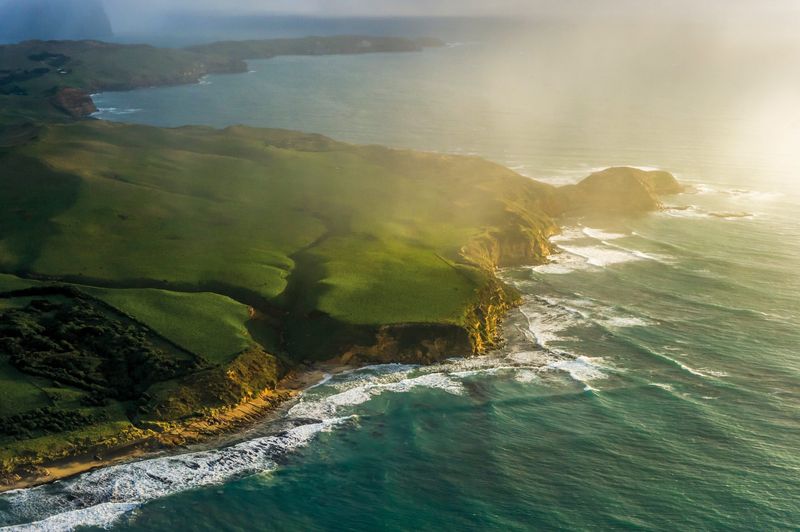
Chatham Islands lie east of New Zealand, offering a glimpse into a world seemingly untouched by time. With their rolling hills and tranquil beaches, the islands present a serene escape from modern life.
The indigenous Moriori people have a rich history on these islands, and their legacy is woven into the cultural tapestry of the region. Visitors can explore ancient tree carvings and learn about traditional ways of life.
Nature lovers will find plenty to marvel at, from unique bird species to native plants. It’s a place where isolation fosters a deep connection with nature and heritage.
Îles Crozet, French Southern Territories
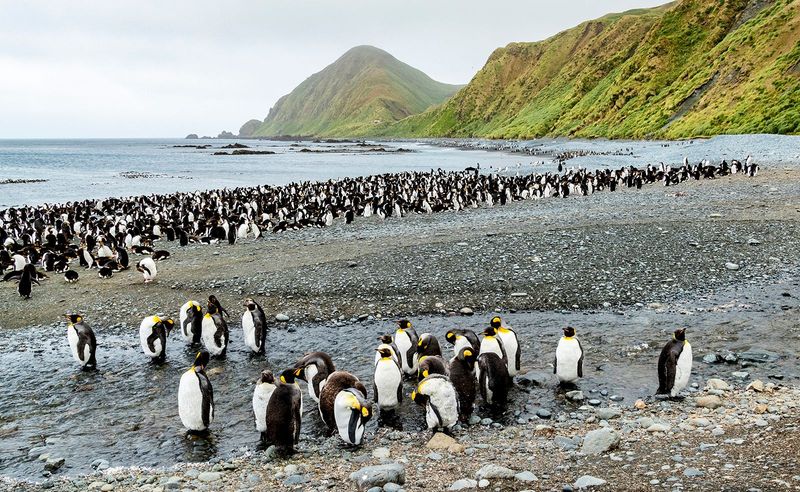
Located in the southern Indian Ocean, Îles Crozet is a group of subantarctic islands that intrigue with their isolation and wildlife. The islands are mostly uninhabited, save for a small scientific research station.
Known for their steep cliffs and stormy seas, they provide a sanctuary for albatrosses and seals. The dramatic landscape is often shrouded in mist, giving it an ethereal quality.
For those interested in exploration and discovery, Îles Crozet offers a rich opportunity to witness untouched nature in one of the world’s most remote locales.
Heard Island and McDonald Islands, Australia
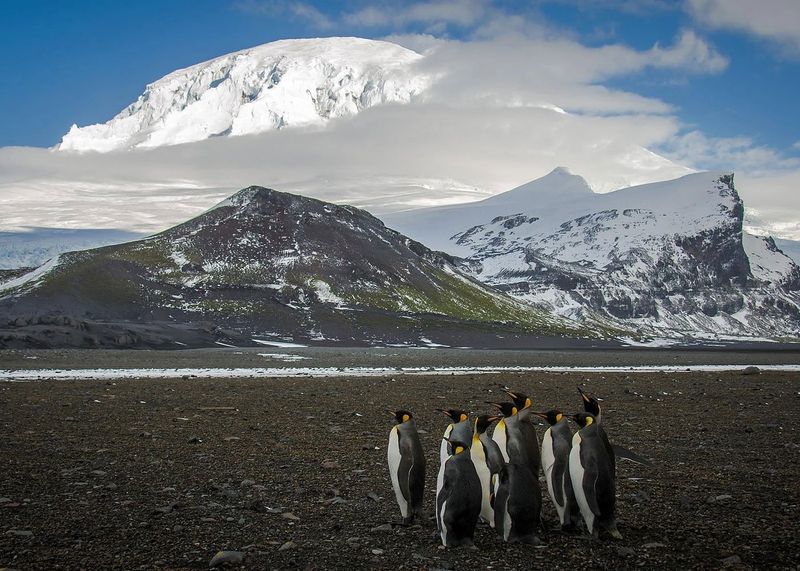
These Australian territories boast one of the world’s most striking volcanic landscapes. Heard Island is dominated by Big Ben, an active volcano that rises imposingly above the icy glaciers.
The islands are a UNESCO World Heritage site, renowned for their untouched environment and diverse marine life, including penguins and seals.
Access is limited and challenging, adding to the islands’ mystique. For those determined to visit, the reward is a chance to experience one of the planet’s last true wildernesses.
St. Helena, British Overseas Territory
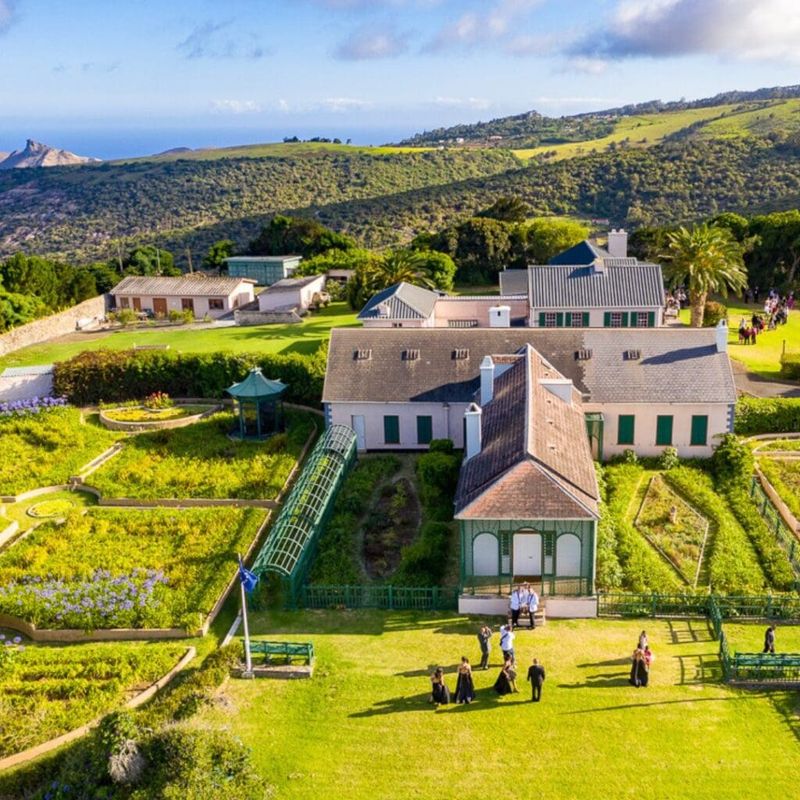
St. Helena is a remote island with a rich history, best known as the exile site of Napoleon Bonaparte. Its lush valleys and rugged coastline offer a scenic backdrop for history enthusiasts and adventurers alike.
This island’s charm lies in its blend of history, culture, and natural beauty. Visitors can explore Napoleon’s residence, trek through verdant landscapes, and enjoy the island’s unique flora and fauna. St. Helena’s isolation makes it a peaceful retreat, where the past comes alive amid stunning natural surroundings. This is a place where history and nature intertwine beautifully.
Svalbard, Norway
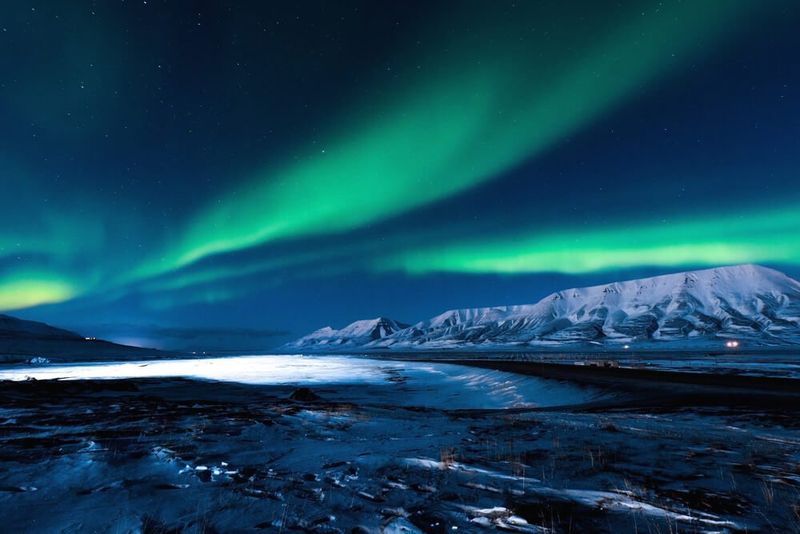
Svalbard is a true Arctic wonder, known for its stunning polar landscapes and unique wildlife. This remote Norwegian archipelago offers a rare chance to experience the Arctic in its rawest form.
Visitors can witness the mesmerizing Northern Lights, explore icy fjords, and encounter polar bears in their natural habitat. Svalbard’s harsh environment is balanced by the warmth of its small but vibrant community, making it a destination of contrasts. Whether you’re an adventurer or a nature enthusiast, Svalbard promises an unforgettable experience at the edge of the world.
Bouvet Island, Norway
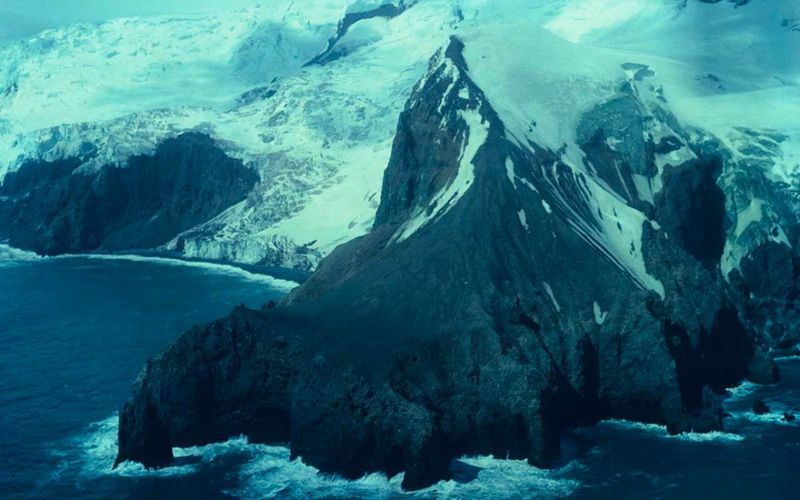
Bouvet Island stands as one of the most isolated places on Earth, cloaked in ice and mystery. Located in the South Atlantic Ocean, this uninhabited Norwegian territory is surrounded by icy seas and distant from any other landmass.
Despite its harsh climate, it serves as a haven for wildlife like penguins and seals. Adventurers who embark on expeditions to Bouvet Island are greeted with dramatic landscapes and unique untouched nature.
Did you know? Bouvet Island is so remote that it has no permanent residents and is often referred to as the world’s most remote island.

